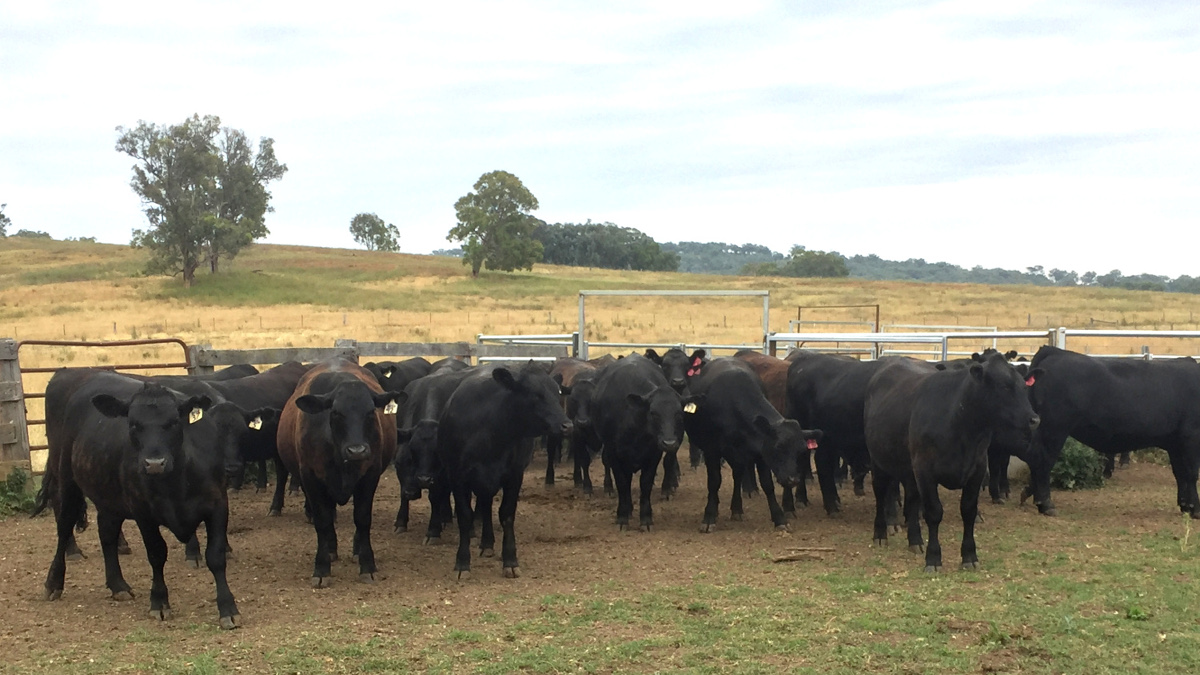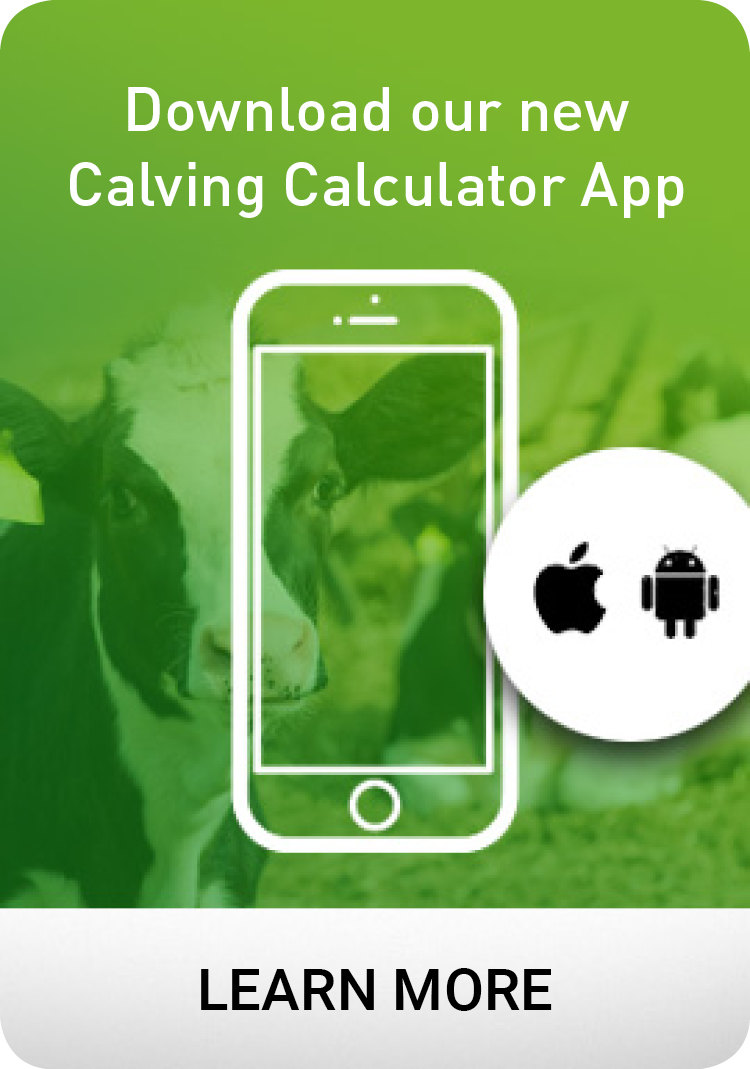How much progesterone do we really need? An investigation for fixed-time artificial insemination of Angus yearling heifers.
PROCEEDING FROM ACV/ARV Annual Conference, Sydney, 2017
How much progesterone do you really need? An investigation for fixed-time artificial insemination of Angus yearling heifers.
Dr Sophia Edwards1,2 and Michael Chambers3
1Vetoquinol Australia, Unit 302.2, 6 – 12 Boronia Rd, Brisbane Airport, QLD 4008
2School of Veterinary Science, The University of Queensland, Gatton, QLD 4343
3Invetus, Locked Bag 6865, Armidale West, NSW 2350
Abstract
The study compared the use of an intravaginal progesterone (P4) releasing device (IPRD) that contained half the standard dose of P4 to an IPRD that contained the standard dose of P4. The IPRDs were compared in an ovulation synchronisation protocol for fixed-time artificial insemination (FTAI) of yearling Angus heifers (n = 176). Heifers originating from two herds were allocated to one of two treatment groups: 1) 1-Pod (0.78 g P4; 1-Pod Cue-Mate®) and; 2) 2-Pod (1.56 g P4; Cue-Mate®). Heifers were allocated randomly according to herd, bodyweight and presence of a corpus luteum (CL) that was recorded five days prior to commencement of synchronisation treatments (Day -5). Post analysis of allocation procedures confirmed heifers allocated to the 1-Pod and 2-Pod treatment groups to have an average bodyweight of 309.1 ± 2.4 kg and 307.4 ± 2.4 kg, respectively, and 31.4% and 32.6% with a CL present, respectively. On Day 0, every heifer received an IPRD (Cue-Mate®) either 1-Pod or 2-Pod depending on allocated treatment group, and 1 ml oestradiol benzoate (ODB; Bomerol®) i.m. On Day 8, the IPRD was removed from all heifers and every heifer received 2 ml cloprostenol (PGF2α; OvuprostTM), i.m. and 1.5 ml equine chorionic gonadotrophin (eCG; Pregnecol®). On Day 10, at 54 h after IPRD removal, all heifers received 1 ml gonadotrophin releasing hormone (GnRH; Ovurelin®) and were FTAI. Foetal ageing was performed on Day 96. Heifers in the 1-Pod group resulted in a pregnancy rate to FTAI of 54.1% vs. 47.1% (p = 0.357) for the 2-Pod group. The overall pregnancy rate, after being exposed to bulls post FTAI was 89.4% vs. 83.5% (p = 0.262), for the 1-Pod and 2-Pod group, respectively. The results suggest that a new cost effective approach to synchronisation of yearling Angus heifers should be considered.
For full article and presentation please download the PDF below:


